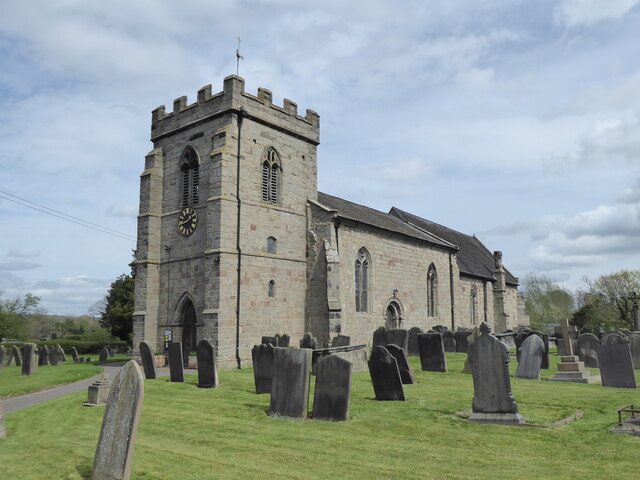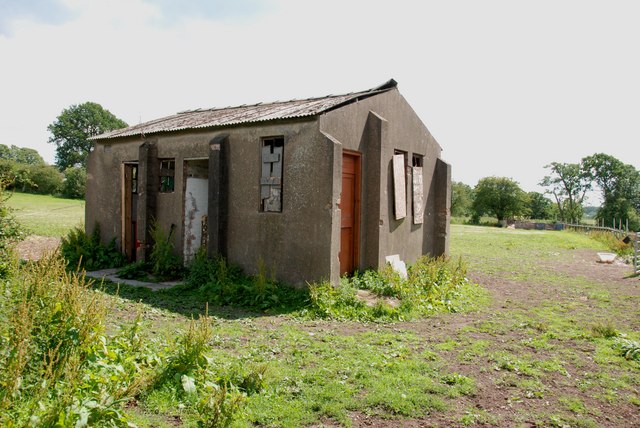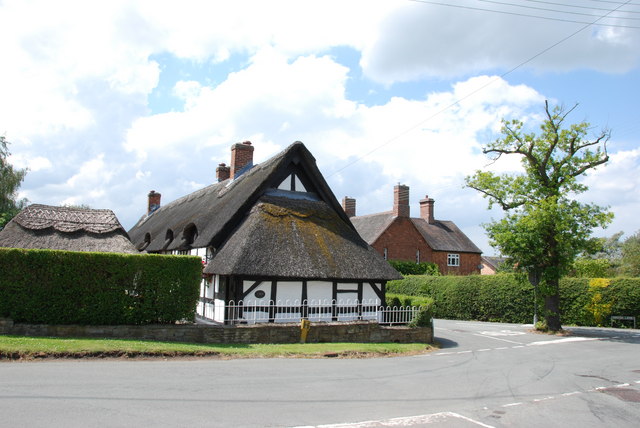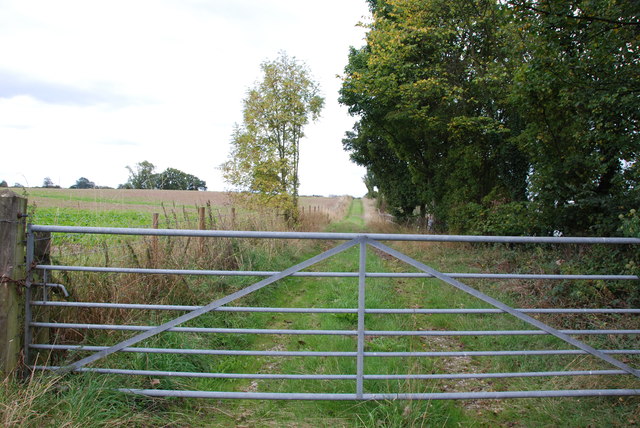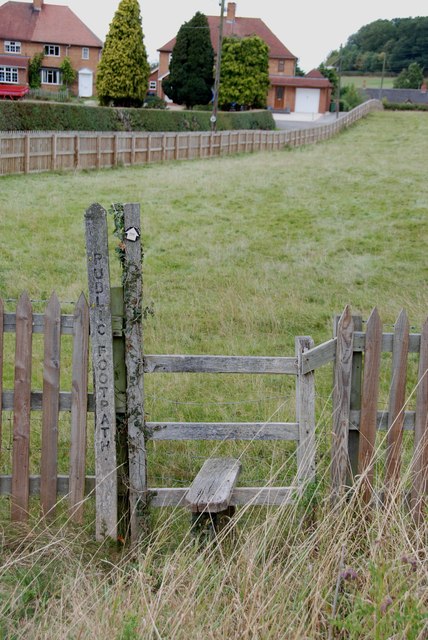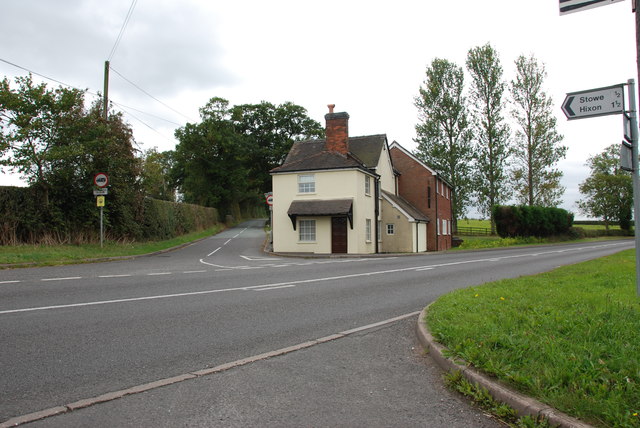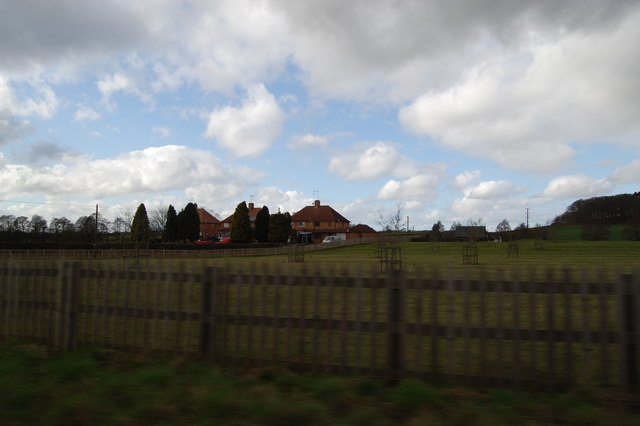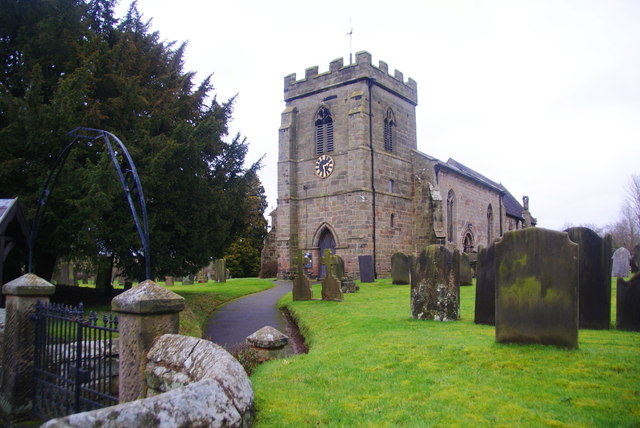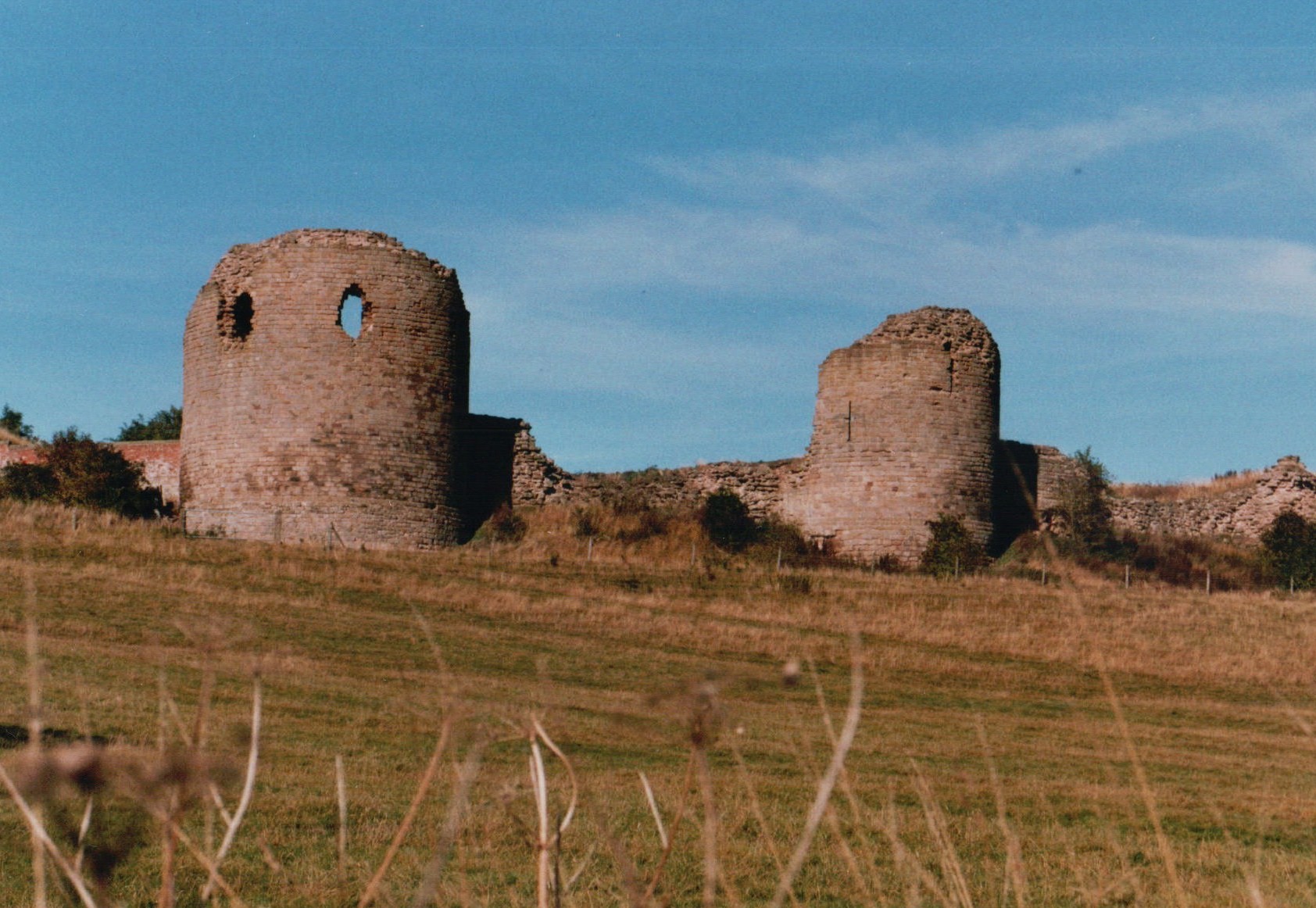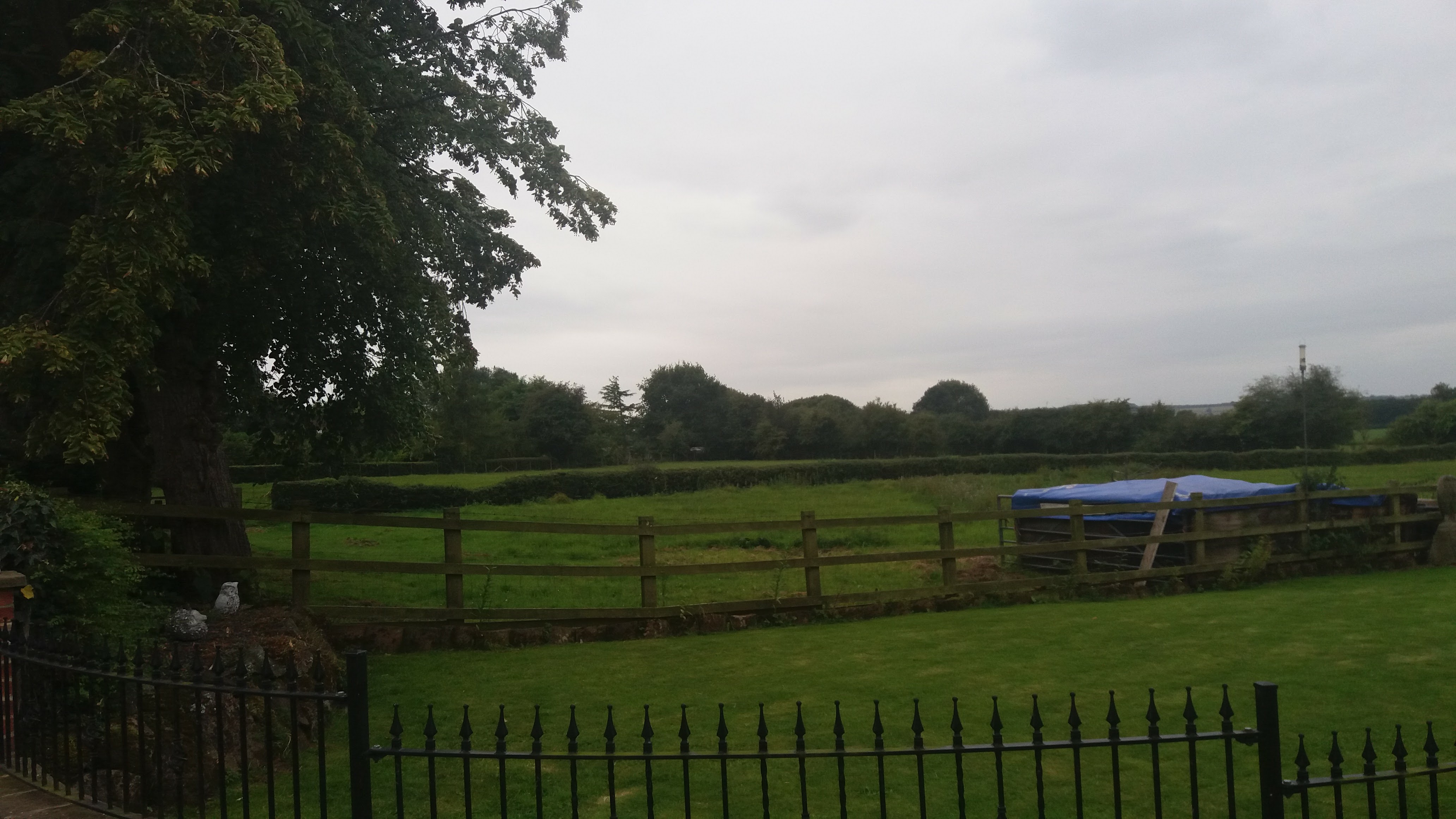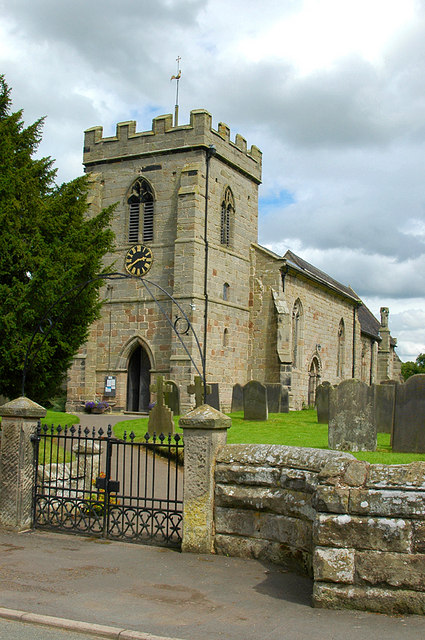Daffodil Wood
Downs, Moorland in Staffordshire Stafford
England
Daffodil Wood

Daffodil Wood is a picturesque woodland area located in Staffordshire, England. Nestled amidst the stunning landscape of the Staffordshire Downs and Moorland, this natural gem is a haven for nature enthusiasts and those seeking tranquility.
Covering an area of approximately 50 acres, Daffodil Wood is renowned for its vibrant display of daffodils during the spring season. As the name suggests, the wood is adorned with thousands of daffodils that bloom in brilliant hues of yellow, creating a breathtaking sight. This spectacle attracts visitors from far and wide, who come to witness the beauty and fragrance of these iconic flowers.
The wood itself is a diverse ecosystem, with a rich variety of flora and fauna. Ancient oak and beech trees dominate the landscape, providing a canopy of shade in the summer months. Underneath, a carpet of bluebells, primroses, and wildflowers creates a vibrant tapestry of colors. The wood is also home to numerous bird species, including woodpeckers, thrushes, and owls, making it a haven for birdwatchers.
Visitors to Daffodil Wood can explore its numerous walking trails that wind through the woodland, offering breathtaking views of the surrounding Staffordshire Downs and Moorland. These trails cater to all abilities, from leisurely strolls to more challenging hikes, ensuring there is something for everyone.
The wood is well-maintained, with picnic areas and benches scattered throughout, providing the perfect spot to relax and soak in the tranquility of the surroundings. Whether visiting to witness the daffodils in full bloom or simply to escape the hustle and bustle of everyday life, Daffodil Wood offers a truly magical and serene experience for all who visit.
If you have any feedback on the listing, please let us know in the comments section below.
Daffodil Wood Images
Images are sourced within 2km of 52.85751/-1.9872155 or Grid Reference SK0028. Thanks to Geograph Open Source API. All images are credited.

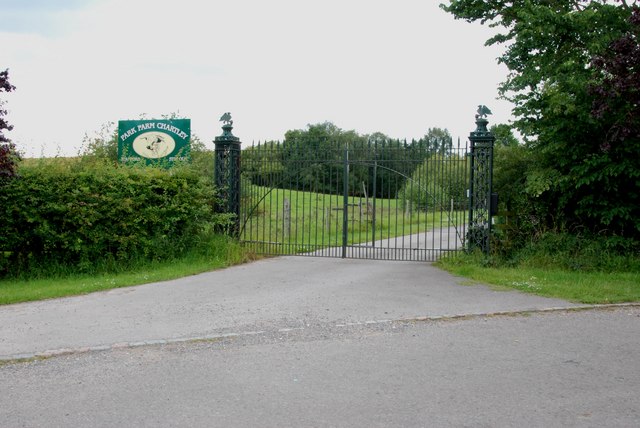

Daffodil Wood is located at Grid Ref: SK0028 (Lat: 52.85751, Lng: -1.9872155)
Administrative County: Staffordshire
District: Stafford
Police Authority: Staffordshire
What 3 Words
///reach.slowly.fermented. Near Great Haywood, Staffordshire
Nearby Locations
Related Wikis
Chartley Castle
Chartley Castle lies in ruins to the north of the village of Stowe-by-Chartley in Staffordshire, between Stafford and Uttoxeter (grid reference SK010285...
Chartley railway station
Chartley railway station was a former British railway station to serve the village of Stowe-by-Chartley in Staffordshire. It was opened by the Stafford...
Stowe-by-Chartley
Stowe-by-Chartley is a village and civil parish in the Borough of Stafford, Staffordshire, England. According to the parish council, the parish includes...
Chartley Moss
Chartley Moss is a 105.80 hectare biological Site of Special Scientific Interest in Staffordshire, notified in 1987. The area has been designated as an...
Amerton Railway
The Amerton Railway is a 2 ft (610 mm) narrow gauge heritage railway in the English county of Staffordshire. It is owned by Staffordshire Narrow Gauge...
Amerton
Amerton is a small village in the Borough of Stafford, Staffordshire, England, situated on the A518 road between Stafford and Uttoxeter. The population...
Gayton, Staffordshire
Gayton is a small rural village and civil parish in Staffordshire, located approximately 1 mile from the A51 between Stone and Stafford. In 2001 it had...
RAF Hixon
Royal Air Force Hixon, or more simply RAF Hixon, was a Royal Air Force station located on the north western edge of the village of Hixon in Staffordshire...
Have you been to Daffodil Wood?
Leave your review of Daffodil Wood below (or comments, questions and feedback).
